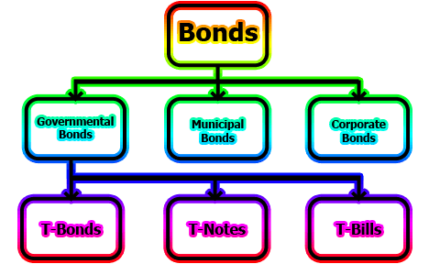Advantages and Disadvantages of Digital Banking:
Digital banking is a part of the border context for online banking, where banking services are provided through the internet. The transition from traditional to digital banking has been and continues to be gradual and the banking services have been sustained by the degree of digitization. Digital banking involves high-level process automation and web-based services and may include APIs that enable cross-institutional service design to deliver banking products and transactions. It provides users with the ability to access financial data through desktop, mobile, and ATM services. The number of customers of digital banks, which are intermediaries between electronic stores and shoppers, is increasing day by day and they rely on encrypted digital money which is not like a banknote. These banks are the main pillars of e-commerce. Here are some of the advantages and disadvantages of digital banking that are discussed below:
Advantages of Digital Banking:
The advantages of digital banking proliferation the level of efficiency and performance of the bank, save time and effort for the customers as well as the employees of the bank, as well as accessible 24 hours service, including public holidays, and strict control of banking activities, and sending and receiving documents quickly.
- Save effort and time where the customer can conduct banking activities without going to any bank headquarters, where he can keep it at home or in the library, which saves his time and effort.
- Ease of banking transactions in electronic banks and speed of handling them.
- In addition to the reliability of cash flow and the speed of cash flow, provide higher security and lower risk of check manipulation.
- Digital banking is characterized by cash payments of the company/organization, which contributes to the agreed time for the interpretation date and arranges for the payment of the financial transfer.
- To conduct financial transactions at YUSR due to the cancellation of the automatic swap process, which requires the client to visit the bank to deposit the cost of his transfer.
- Reducing reliance on paper forms, as all transactions are done electronically, contributes to the reduction in the cost of paying their administrative costs to environmental banks and clients.
Disadvantages of Digital Banking:
Despite these advantages, the mobile bank with its technology remains risky as any new technology can certainly be risky, and economists have warned of the potential dangers of transacting with the mobile banking system, including;
- The difficulty in determining the liquidity of any electronic bank, where it is not possible to know or limit the internal and external transactions of the bank.
- Anyway, it is easy to harm the national economy of any country, where banks cannot be significantly monitored, where remittances can be made by just pressing a phone button.
- It is easy to fall prey to fraudulent transactions by falsifying some cards.
- The professional computer technician can access accounts or copy another person’s information, enabling the information to come out of its confidential structure.
- Fraud is always expected to cause a technical error that could hamper the work of the entire bank and the loss of people’s accounts and could be a virus that infects electronic devices and disrupts the system.
- Increase the gap that arises between the client and the bank, which can act as an ingot without adequate collateral and exposure to bank fraud.

Library Lecturer at Nurul Amin Degree College










